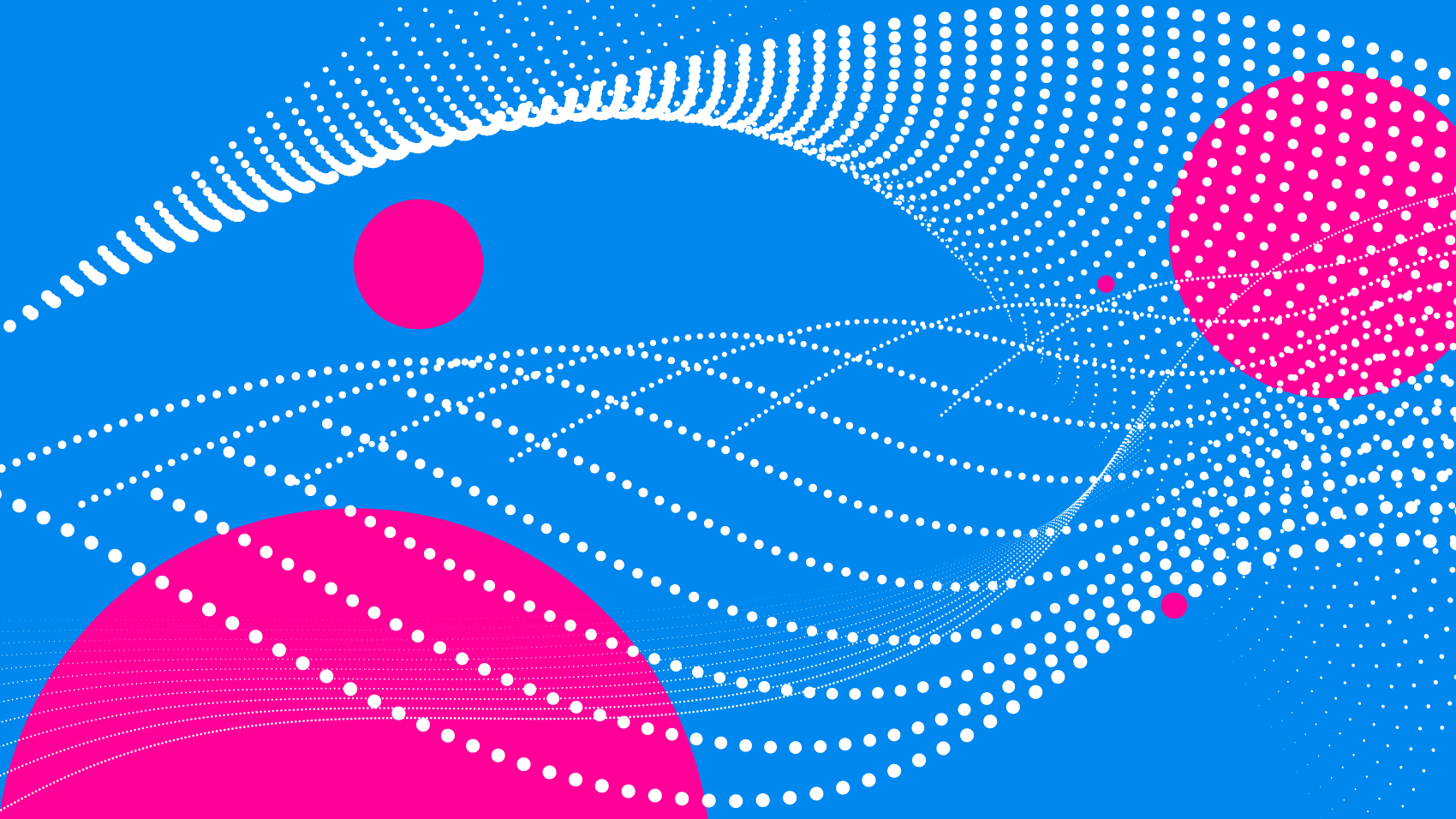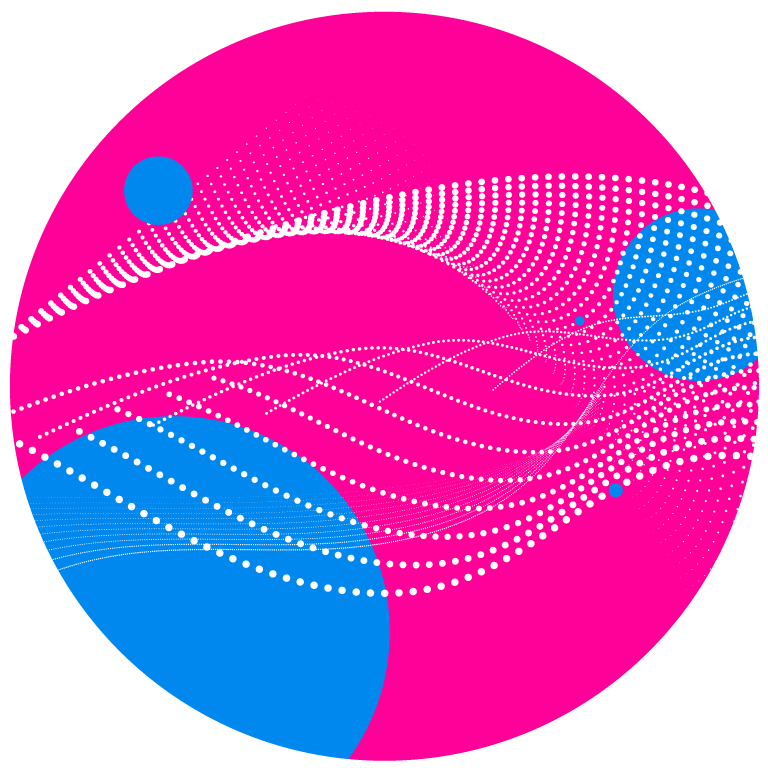
Zaid Khan shared a 17-second TikTok video in late July that went viral, seeding a quiet revolution. Khan suggested a new way of working – doing your job without buying into the “hustle culture mentality that work has to be your life.” Numerous articles and posts tell us that the catalyst for this current workforce trend, Quiet Quitting, is a rejection of striving, a renunciation of the rat race, rooted in the belief that, as Khan states, “You are not your labor.”
Jo Constantz, writing for Bloomberg, states, “Gallup began to see employee engagement sink in late 2021, with workers indicating they felt less connected to their organization’s mission, felt less clarity around what’s expected of them, and saw fewer opportunities to learn and grow.” Cue the Great Resignation, Lying Flat, Work to Rule, and Quiet Quitting. She goes on to say, “About half of US workers could be described as “quiet quitters,” according to new research by survey firm Gallup, meaning they fulfill their job description but are psychologically detached from their work.”¹
Corporate leaders fall all along the spectrum in reaction to Quiet Quitting, the Great Resignation, and other workforce trends. Some believe that they are an indication of laziness, a lack of drive, and commitment. Other recent articles suggest that some employers think quiet quitting is nothing new and that generations of workers have struggled to find work-life balance. Still, others think that those doing their jobs and only their jobs, without engaging in drama, addiction to busyness, and constant proving of one’s worth are on to something important.
In balancing corporate demands and human needs, human needs seem to be tipping the scales.
What if, rather than fighting the human needs expressed in these shifts in employee behavior, we embraced them? What if we supported the spirit of quiet quitting, creating the conditions for balance, connection, and contribution?
What if, rather than fighting the human needs expressed in these shifts in employee behavior, we embraced them?
In a recent post, Daniel Goleman writing for the Korn Ferry Institute, writes, “At the end of the day, we keep circling around the same equation: the more meaningful the work, the higher the engagement and the less likely employees are to leave their workplace. According to a recent Gallup poll, it takes more than a 20% pay raise to convince employees to leave a job where they feel engaged, and next to nothing to poach them if they aren’t.”² One way to increase engagement and create a meaningful, positive work experience is to build cultures that enhance the day-to-day experience of flow.
Psychologist Mihaly Csikszentmihalyi describes flow as “being completely involved in an activity for its own sake. The ego falls away—time flies. Every action, movement, and thought follows inevitably from the previous one, like playing jazz. Your whole being is involved, and you’re always using your skills. In a typical day that teeters between anxiety and boredom, flow experiences are those flashes of intense living — bright against the dull. These optimal experiences can happen when we’re engaged in work paid and unpaid, in sports, in music, in art.”
The odds are strong that you’ve had experiences of flow.
Think of a time when you focused intensely on an effort that felt purposeful and mattered deeply to you. Everything else seems to disappear when you are in that state. Time changes, either slowing down or flying by, and you are only focused on what you are doing now. You stop judging your work and allow it to emerge. Such experiences are deeply satisfying, all-encompassing, and even joyful.
Imagine being that engaged, focused, and productive in your work daily. Imagine your people thoroughly engaging in tasks with energized focus, performing at their highest levels, and experiencing spontaneous and all-encompassing positivity about the job. Companies across the globe are setting the conditions for flow, singular focus, deep concentration, and the right amount of challenge, not just because productivity and achievement increase but because their employees are more engaged, more connected, and feel a greater sense of well-being.
The benefits of flow are well documented. The most prevalent advantages in the research include the following:
- Better concentration and focus; enhanced ideation and imagination; greater output
- Clarity of ideas and seeing the connections between them
- Accelerated learning and development, ease in adapting new ideas and information
- Lack of obstacles; distractions like stress, worry, and doubt disappear
- Confidence in rising to meet challenges and changes
- Good feelings, an intrinsic pleasure in doing something meaningful for you
- Contagious engagement rooted in the sense of happiness and well-being, positivity
While people often experience flow in episodes, creating the conditions for the episodes to be repeated throughout the day and week creates a shift in people.
Flow is addictive. People want the ease, motivation, and accomplishment they feel in it.

Flow is addictive. People want the ease, motivation, and accomplishment they feel in it. Soon, those around them are affected by the good feelings and affirmative attitudes those who work in flow exude. Cultures shift as more people have the autonomy and space to tap into their natural skills and drivers to meet challenges, solve problems and innovate solutions.
Flow can be an antidote for drudgery, depersonalization, and the demands that lead to quiet quitting.
Here are some things leaders can do to invite greater engagement and flow.
- Identify personal triggers. Flow triggers are the things that excite people, pique their curiosity and interest, and make them slightly uncomfortable – the elements necessary to enter a flow state. Help others identify their flow triggers.
- Assign chewable bites. Be sure the task you give someone is specific and quantifiable and that the goal is clearly defined. It’s better to have small sequential tasks to tackle in episodes of flow than a big, amorphous goal.
- Reduce distractions. Give people permission to turn off email and text and isolate in a private space for a time. Reduce the number of meetings people are required to attend. Understand the obstacles that inhibit focus and remove them.
- Help people understand what is in their control and what isn’t. People can spend a lot of time trying to change something that is not in their power. Help them define these parameters.
- Trust and allow. Understand the skill levels and knowledge bases of your people. Give them tasks that slightly exceed their comfort level and the space and autonomy to do the necessary work.
We can choreograph a beautiful flow that keeps people in that creative and energetic place between apathy and anxiety.
For thirty years, the TAI group has been helping brands find the difference between striving and allowing. Striving is the act of forging ahead with a great deal of effort, often undirected, straining to do the right thing, the best thing, to outpace others, or, conversely, to please them. On the other hand, allowing is a choice to stop the struggle and permit a more organic, natural way of proceeding to emerge. It involves surrender – not waving a white flag and giving up but making room, literally giving way, for creative impulses and new ideas to get our attention.
We can choreograph a beautiful flow that keeps people in that creative and energetic place between apathy and anxiety. When we create cultures where people experience success and reward, focus on tasks that have meaning to them, and feel they contribute to something bigger than themselves, problems like quitting quiet will diminish.
About the author
Christine Strong is the Chief of Staff and Coach for The TAI Group. Chris partners with leaders and teams to discover higher levels of clarity, focus, and action by uncovering the sources of guidance, alignment, and motivation that lie within them.






